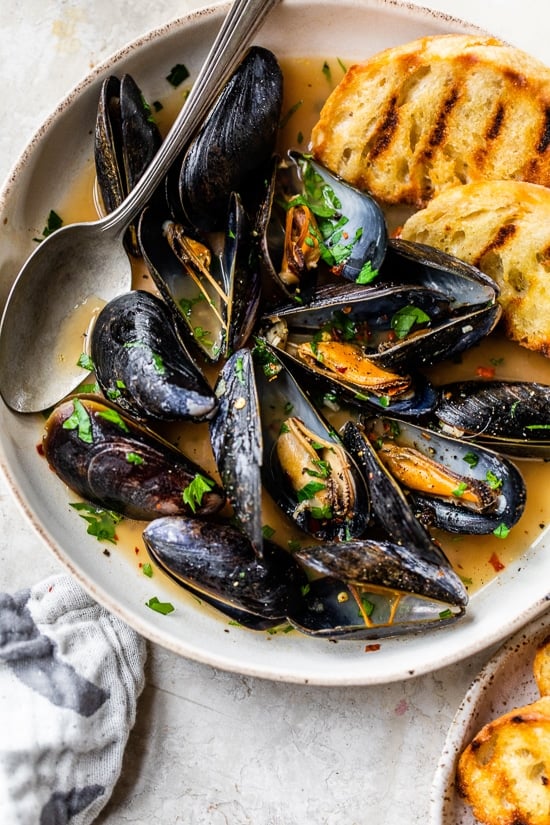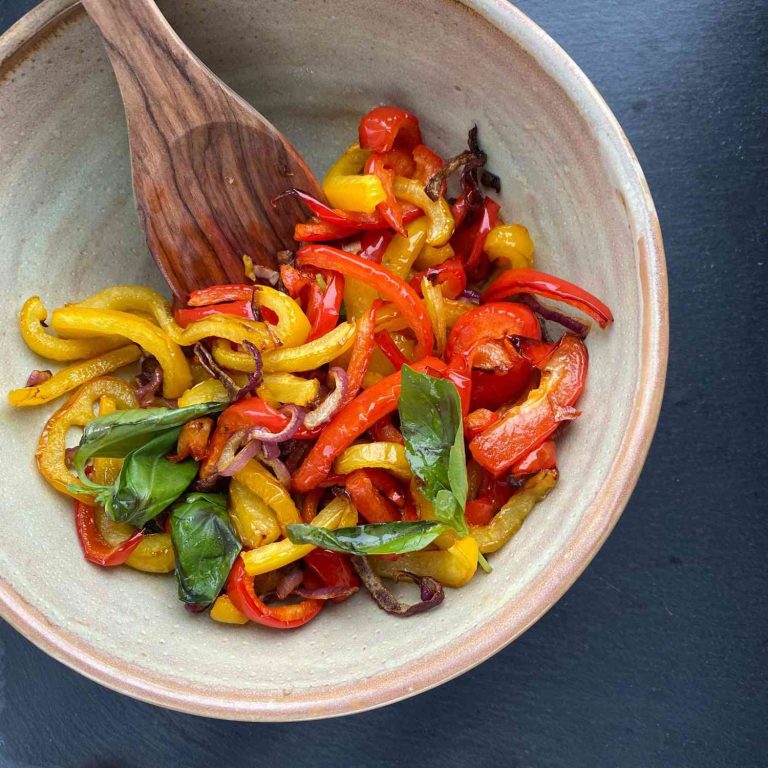Southern Grits Casserole: Tradition, Variations, and Health Benefits
Grits, a staple in Southern cuisine, trace their origins back to Native American traditions. Derived from dried corn, grits became a central part of Southern diets due to their versatility and nutritional value. Historically, grits were made by grinding hominy or corn kernels through a stone mill. This process gave grits their unique texture, a characteristic that remains beloved today. During the 19th century, grits gained popularity among Southerners, becoming a common breakfast dish. The popularity of grits still holds strong, making them integral to many Southern recipes.
Evolution of the Grits Casserole
The grits casserole developed from the traditional preparation of grits with added ingredients. Early iterations included simple components like butter and cheese. Over time, chefs experimented with more complex combinations, incorporating elements like sausage, shrimp, and various vegetables (e.g., bell peppers and onions). Southern families began to embrace the casserole as a convenient, all-in-one meal, perfect for gatherings and special occasions. Modern recipes often highlight regional ingredients, enhancing the dish’s inherent Southern charm while adapting to contemporary tastes.
Key Ingredients in Southern Grits Casserole
Choosing the Right Type of Grits
Select high-quality grits to ensure the best texture and flavor for your Southern Grits Casserole. Stone-ground grits offer a rich, coarse texture but take longer to cook, perfect for a traditional approach. Quick grits cook faster and provide a smoother finish, suitable for time-saving recipes. Avoid instant grits, as they often lack flavor. Opt for locally sourced grits when possible to support regional producers and capture authentic Southern taste.
Dairy and Cheese Varieties
Incorporate dairy and cheese for creamy richness in your casserole. Common choices include milk, heavy cream, and half-and-half, which all add varying degrees of creaminess. Cheese selections often feature sharp cheddar, providing a robust flavor. Mix in other varieties like Monterey Jack, parmesan, or gouda for complexity. Use freshly grated cheese to ensure it melts evenly and enhances the dish’s texture. Combining multiple cheeses can create a layered flavor profile that elevates your casserole.
The Cooking Process
Steps to Perfect Grits Consistency
Proper grits cooking begins with selecting high-quality grits. Use a ratio of 4:1, water to grits, to achieve the right consistency. Begin by boiling the water and adding a pinch of salt. Slowly stir in the grits to prevent lumps from forming. Simmer the mixture, reducing heat to low, and cover the pot. Stir occasionally to avoid sticking. Stone-ground grits may require 20-25 minutes, while quick grits take around 5-7 minutes. The grits are ready when they reach a creamy texture. Adding butter or cheese enhances flavor and richness.
Layering and Baking Techniques
Once the grits reach the desired consistency, preheat your oven to 350°F (175°C). Grease a baking dish to prevent sticking. Begin by spreading an even layer of grits at the base. Next, add ingredients such as cooked sausage, shrimp, or vegetables in subsequent layers. Pour a mixture of beaten eggs and milk (or heavy cream) over the layers to bind them and add moisture. Top the casserole with a generous layer of shredded cheese for a golden, bubbly crust. Bake for 30-35 minutes, or until the top is lightly browned. Allow the casserole to rest for a few minutes before serving to let it set.
Serving Suggestions
Ideal Accompaniments
Pair Southern Grits Casserole with complementary sides to enhance the meal. Collard greens provide a slightly bitter contrast, balancing the casserole’s richness. Fresh tomatoes or avocado slices add freshness. For protein, consider fried or baked chicken, as these options offer a savory counterpoint. Serve alongside simple salads with vinaigrette to cut through the creamy texture. Cornbread shares the same Southern roots and completes the regional dining experience.
Serving Sizes and Presentation Tips
Serve the casserole in portions that match the occasion. For breakfast, cut into smaller squares, ideally 2×2 inches, to complement other morning staples like eggs and bacon. For lunch or dinner, opt for larger servings, around 3×3 inches, served with protein and sides.
Present the casserole in a visually appealing manner. Use a sharp knife for clean edges when cutting portions. Garnish with fresh herbs like parsley or chives for color. Use white or neutral-colored plates to make the dish’s vibrant hues pop. Consider serving it in individual ramekins for a more elegant look at gatherings, ensuring each guest enjoys a warm, personal serving.
Health and Nutrition Aspects
Nutritional Breakdown of Southern Grits Casserole
Southern Grits Casserole provides a substantial source of energy. A typical serving includes carbohydrates from the grits, proteins from eggs and cheese, and fats from butter and dairy.
Macronutrients
- Carbohydrates: 30-40g per serving, primarily from grits.
- Proteins: 12-15g per serving, contributed by eggs, cheese, and potential added meats.
- Fats: 20-25g per serving, largely from cheese, butter, and milk.
Micronutrients
- Calcium: Significant amounts from cheese and milk, beneficial for bone health.
- Vitamin D: Present in dairy products, aiding in calcium absorption and bone health.
- Iron: From added meats like sausage or shrimp, which supports oxygen transport in the blood.
- Vitamin B12: Found in eggs and dairy, important for nerve function and red blood cell production.
Making Healthier Versions of the Casserole
Healthier variations of Southern Grits Casserole can be prepared by adjusting ingredients to lower fat and calorie content while boosting nutrient density.
Ingredient Substitutions
- Low-Fat Dairy: Use low-fat or skim milk and reduced-fat cheese to cut down on saturated fats without sacrificing flavor.
- Vegetables: Add nutrient-rich vegetables like spinach, bell peppers, or tomatoes for added vitamins and minerals.
- Whole Grains: Opt for whole-grain grits to increase fiber intake, aiding in digestion and prolonging satiety.
- Baking: Bake instead of frying any added proteins, such as chicken or sausage, to reduce additional fat.
- Portion Control: Serve in smaller, controlled portions to manage calorie intake, especially for breakfast or as a side dish.
These changes can make the dish a more balanced option that aligns with modern nutritional guidelines while maintaining its traditional Southern charm.
Conclusion
Southern Grits Casserole is more than just a dish; it’s a celebration of history, culture, and flavor. By understanding its roots and experimenting with various ingredients, you can create a casserole that suits any occasion. Remember, the key to a perfect casserole lies in using high-quality grits and dairy.
Whether you’re looking to indulge in a hearty meal or aiming for a healthier version, this versatile dish offers endless possibilities. Embrace the tradition, enjoy the flavors, and make it your own.






